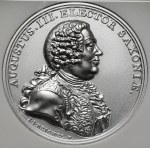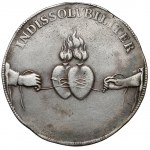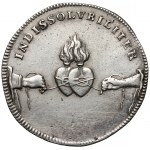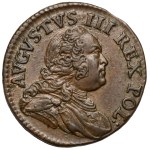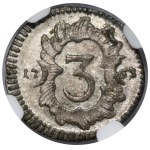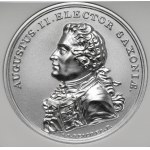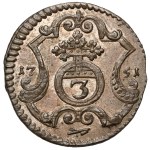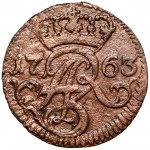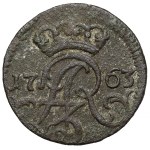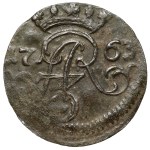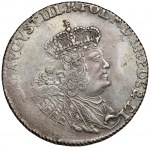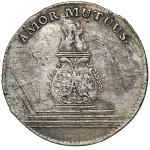Definitely a standout piece in beauty compared to the King Augustus coppers found in the trade.
Coin with very good relief, in patina. With a cabinet-like surface, with only local soiling.
As the author of a monograph on these coins, Jerzy Chalupski, describes, the good reception of the shillings in Poland led to the decision to launch their production on a large scale. To this end, two new mints were opened: in Grünthal (in 1750) and Gubin (a year later). The stamps for the former were prepared by the Dresden engraver Carl Christoph Pribus, hence their coincidence with the first shekels of this king.







